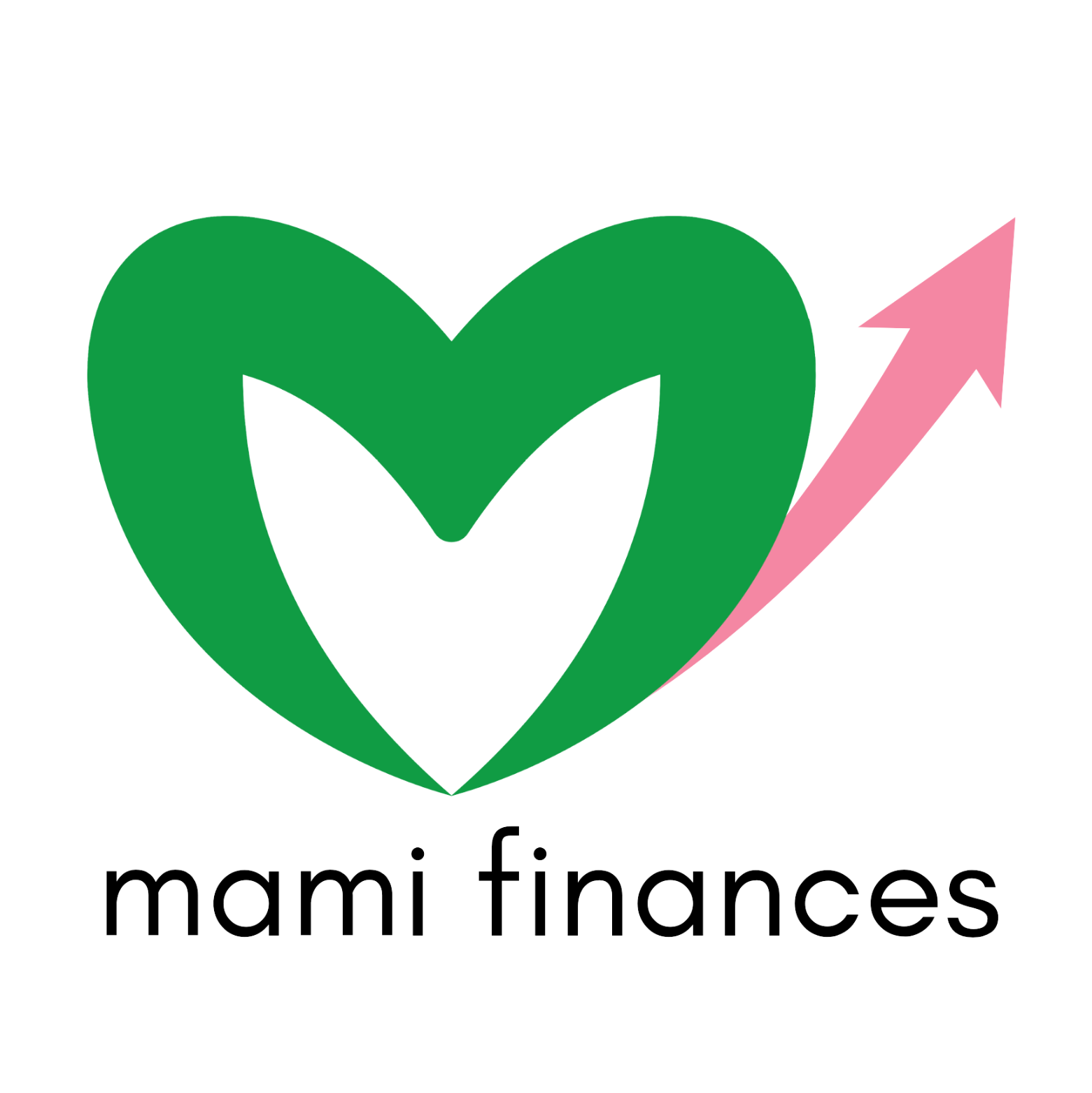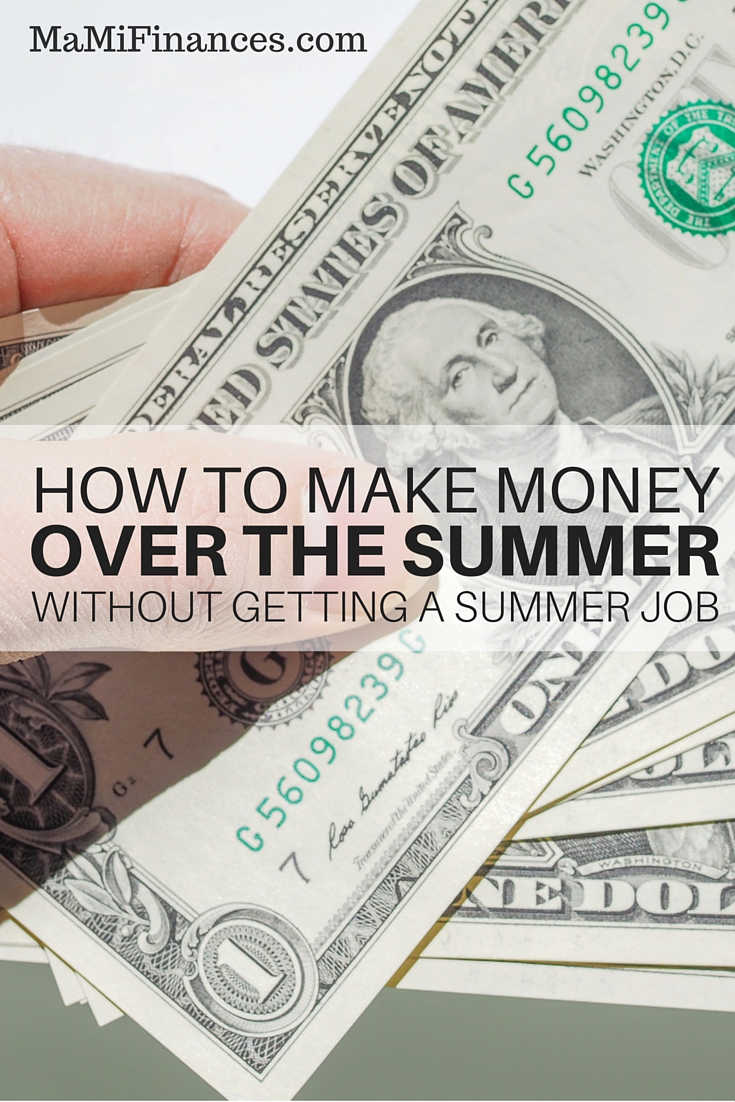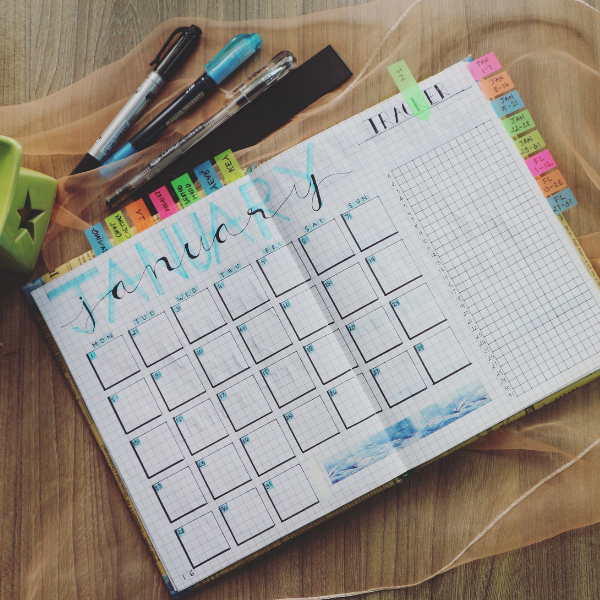Tips You Should Follow to Increase Your Emergency Savings
People save money to stay prepared for the worse. Problems such as illness, loss of job, injury, etc can arise anytime. To handle such problems, one needs to be financially well-off. Money saving is essential for that. Today we will show you some tips you should follow to increase your emergency savings.
Not everyone in the United States understands the importance of emergency savings. Unverified reports from private agencies show 1 out of 3 people in the US will not be able to pool financial resources if an emergency situation occurs. They are among the 62% Americans, who make less than $1000 a month.
Tips You Should Follow to Increase Your Emergency Savings
They need to build an emergency fund, which is not that difficult if they follow the tips below:
Credit card cashback
To avail cashback rewards, you need to have a credit card. Now, the biggest problem with credit cards is they lead to debt. In fact, 10% of the total debt that each single American is carrying stems from the use of credit cards.
 However, tactical use of credit cards can save money. When you purchase something using your credit card, you get up to 1.80% of cashback guarantee on that purchase. As you keep a track of the cashback saving balance, you notice it keeps getting bigger with every purchase made. Other than that, credit cards yield extra bonus, which helps your savings to grow.
However, tactical use of credit cards can save money. When you purchase something using your credit card, you get up to 1.80% of cashback guarantee on that purchase. As you keep a track of the cashback saving balance, you notice it keeps getting bigger with every purchase made. Other than that, credit cards yield extra bonus, which helps your savings to grow.
Here’s an example of how it works: Imagine your card yields 5% cashback on purchase totaling up to $1200. And spending $1200 brings an extra $60 back, and there’s a $150 bonus on $600 purchases for the next month. In this example, you are getting $270 cashback on $1800 worth purchases.
Avoiding bank fees
Banking fees are small but occur almost every time you carry out a banking transaction. What’s really bad about it is because the fees are small and appear inconsequential, customers find it difficult to keep a track of them. The common bank fees include monthly checking account fee, ATM fee, overdraft fee, etc.
The checking account fee is $14 a month i.e. $168 a year. Is there anything you about it? You can. You can set up a low-fee or fee-free checking account. such accounts can save $150-$168 a year. ATM fee is $3 and that’s the bare minimum. Online checking accounts come with an annual percentage yield of 0.1%, but gives you access to more than 50000 ATMs that are fee-free.
Cash advance fees, investment fees and overdraft fees are big time concerns. Overdraft fees can be as much as $32. People who refuse to pay such huge amounts in the name of overdraft fees, should look for checking accounts that yield APY between 0.10-0.15% because such accounts offer them a relief from overdraft transfer or bounced check fees.
401K fees
An article published on USANews in 2014 had the title “How to Avoid Getting Ripped Off By Your 401(k) Plan.”This title indicates the US taxpayers virtually scoff at 401K fees. According to estimates from credible sources, a person aged 25 and earning a median salary will end up shelling out more than $138000 at the end of his lifetime as 401K fees.
Avoiding 401K fees is difficult. The handy approach is to identify the hidden fees and avoid them. An example of a hidden fee is an insurance product that charges a 401K holder a fixed annual percentage. Variable annuities, for example, charge 2% a year. Using IRA is a good idea. You can roll over the 401K into a traditional or Roth IRA, completely free from taxes. Avoid 401K loans at all cost because they lead to loss of earning and a slew of taxes and penalties.
Use automation tools
Have you ever wondered what’s the reason you couldn’t save despite trying so much? Sometimes, we can’t save because there’s no automated system at work. An automated system can send a chunk of your direct deposit to your savings account on a monthly basis.
Imagine you make $20K a year and your salary is deposited every month into an non-savings account. Immediately after the deposition, the automated tool in question sends 5% of that money, i.e. $1000 to your savings account. If you are 30 years old, at the time of your retirement, you’ll comfortably make over $30K.
Conclusion
If properly followed, the strategies discussed here can result in swelling of your emergency savings account. You just need to keep saving until an emergency-like situation suddenly occurs.
Tina Roth is a personal finance blogger. In addition to being an author at her personal finance blog, you can find her writings on Finance Guest Post – a community for personal finance bloggers. You can find her on Facebook, Twitter, and Google+.






